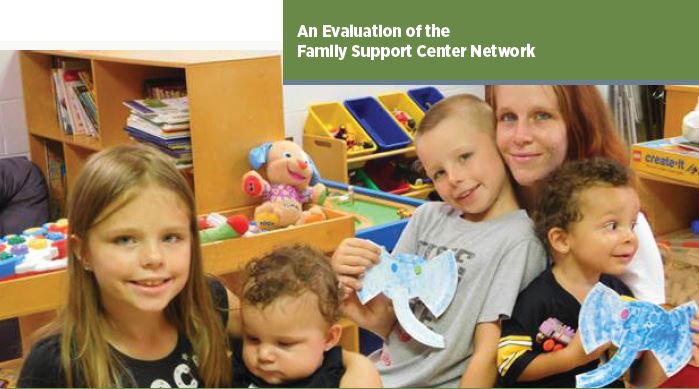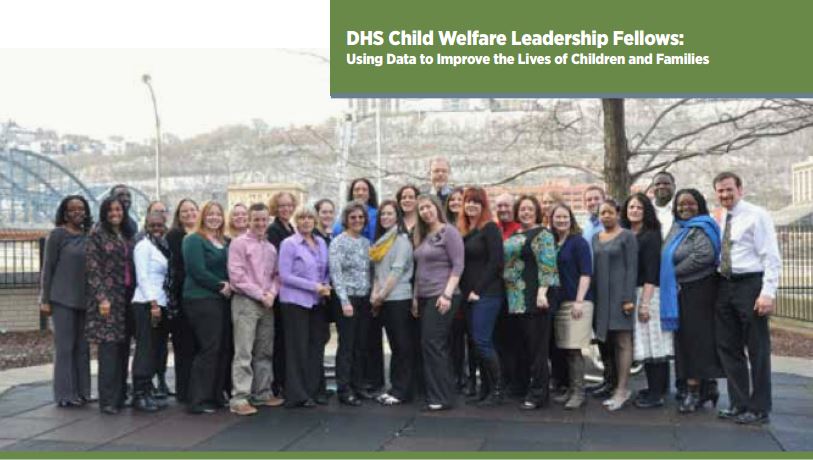Receiving more than 3,000 calls annually, the Allegheny County Department of Human Services (DHS) Director’s Action Line (DAL) is an effective mechanism through which clients and other community members can resolve issues and get information about DHS services. It is also an important feedback tool for DHS, providing information about client experiences and perceptions of the services they receive. An evaluation was conducted of both of these functions, and the findings led to valuable insights and recommendations for improving outreach and follow-up.




